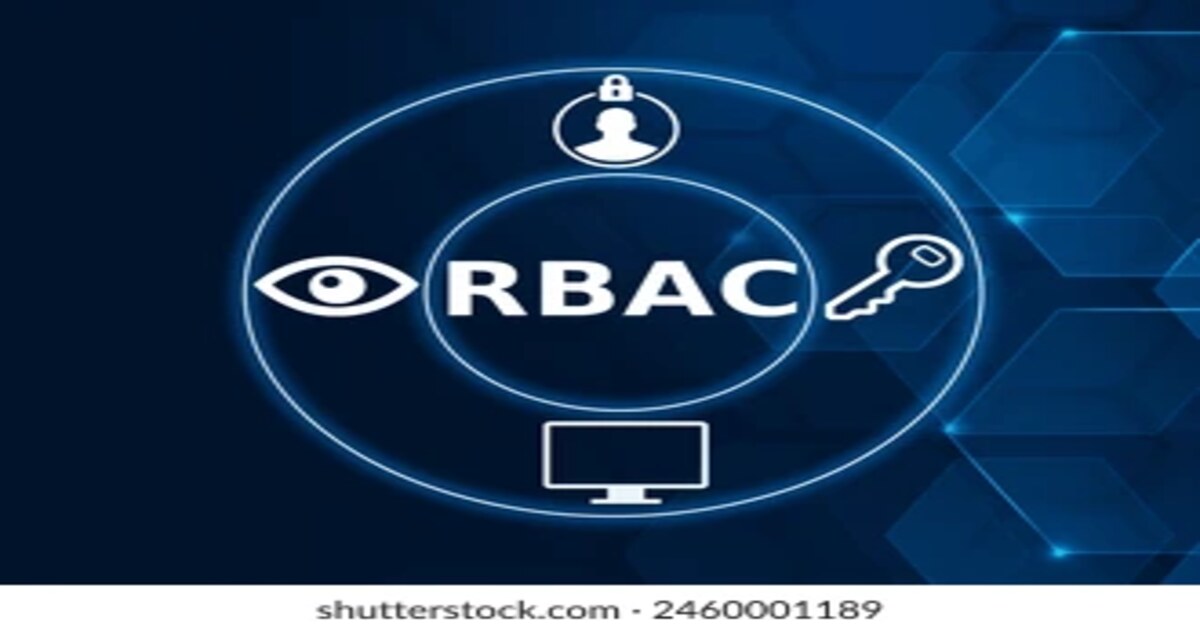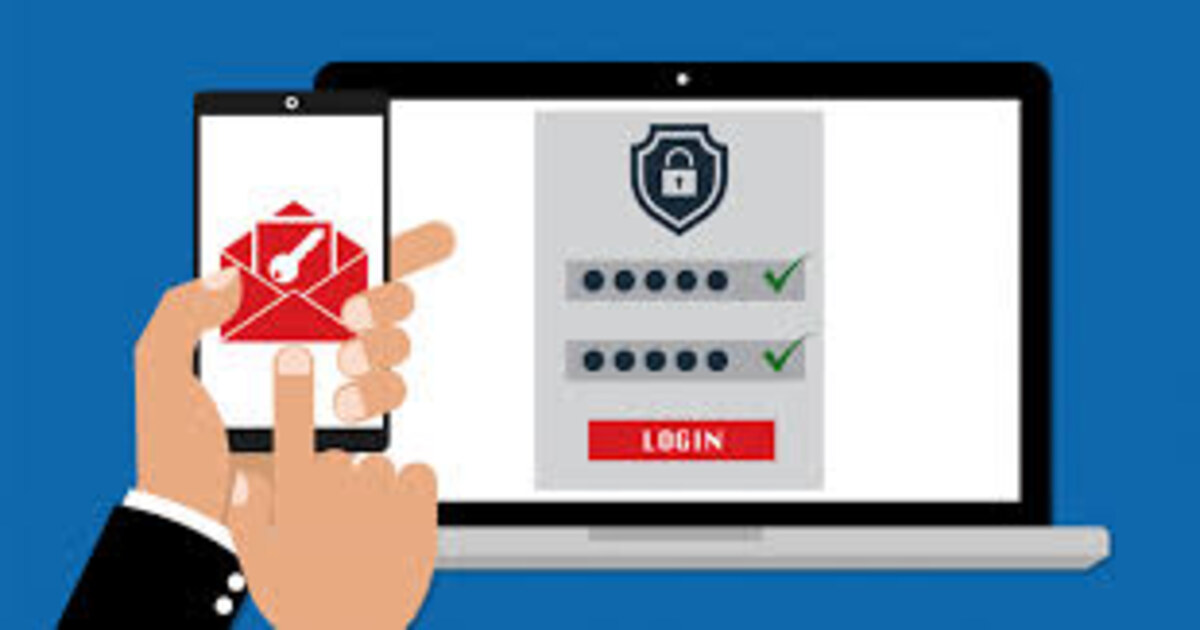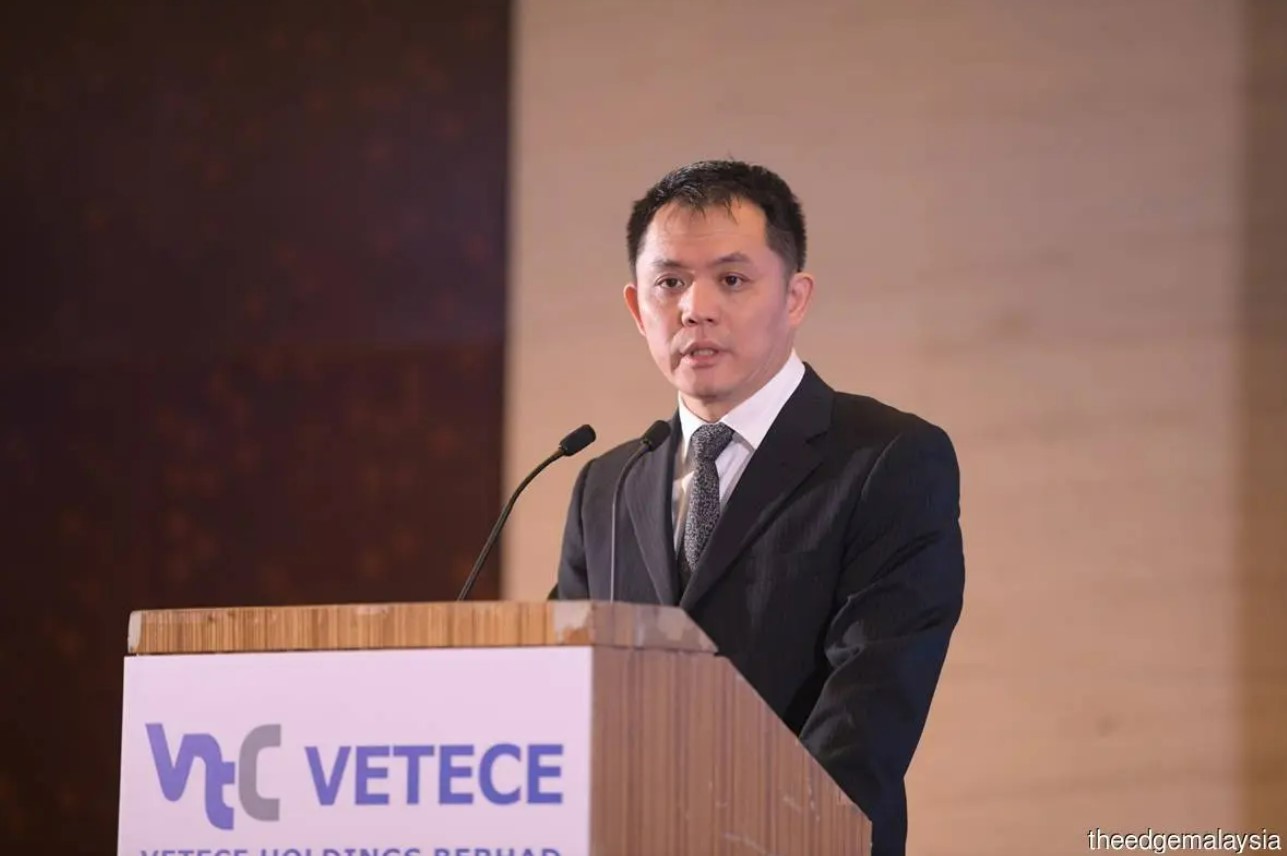Enterprise Identity & Access Management
Enterprise Identity & Access Management Services

Innovation-led Identity & Access Management Services
In an era dominated by digital transformation, the significance of Enterprise Identity and Access Management (EIAM) cannot be overstated. EIAM serves as the linchpin for organizations aiming to fortify their digital perimeters, protect sensitive data, and ensure regulatory compliance.
- Security Enhancement
- Regulatory Compliance Assurance
- User Productivity and Experience
- Cost Savings
How Enterprise Identity Management Empowers Organizational Success
Enterprise Identity and Access Management (EIAM) serves as a robust and multifaceted framework, meticulously designed to facilitate the efficient management of digital identities while regulating access to crucial organizational resources. By encompassing a spectrum of processes, cutting-edge technologies, and meticulously crafted policies, EIAM ensures a seamless orchestration where the appropriate individuals gain access to designated resources precisely when needed and under the most suitable circumstances. Through its comprehensive approach, EIAM acts as a sentinel, safeguarding organizational assets, promoting operational integrity, and fostering a culture of accountability and security within the enterprise ecosystem.
Centralized Identity Management
Enterprise Identity & Access Management (IAM) solutions centralize the control of user identities across an organization, creating a unified directory where all user accounts are managed. This streamlined approach simplifies the process of granting and managing access to applications, systems, and data. By unifying identity management, organizations reduce redundancies, improve user experience, and enhance overall security by having one consolidated platform to monitor and control access.
Role-Based Access Control (RBAC)
IAM utilizes Role-Based Access Control (RBAC) to ensure that employees have access only to the resources necessary for their specific job functions. With RBAC, permissions are assigned based on roles within the organization, minimizing the risk of over-privileged access. This approach not only enhances security but also simplifies compliance with regulations by ensuring consistent access protocols across departments, reducing the chance of unauthorized access.

Single Sign-On (SSO)
IAM solutions commonly incorporate Single Sign-On (SSO) functionality, allowing users to access multiple applications with a single set of login credentials. This reduces the need to remember multiple passwords and enhances user convenience while maintaining security. SSO also reduces administrative workload related to password resets and login issues, allowing IT teams to focus on more critical tasks while users benefit from streamlined access.
Multi-Factor Authentication (MFA)
Multi-Factor Authentication (MFA) adds an extra layer of security to IAM by requiring users to verify their identity with additional factors, such as a mobile code, fingerprint, or hardware token. This ensures that even if passwords are compromised, unauthorized access is prevented. MFA is crucial for protecting sensitive systems and data from increasingly sophisticated cyber threats and is often a key requirement for regulatory compliance across industries.

How may we assist you ?
Client & Business Success Stories
We counsel our clients on their key strategic issues, leveraging our deep industry expertise and using analytical rigor to help them make informed decisions more quickly.
- A Leading City Council
- Public Administration
Copyright © 2025 Vision Technology Consulting. All Rights Reserved.








